Retaining walls are an essential component of landscaping and infrastructure. They provide a variety of benefits, ranging from protecting against erosion to providing aesthetic appeal to your property. However, over time, retaining walls can undergo wear and tear, requiring regular maintenance and repairs. In this comprehensive guide, we will explore the common issues retaining walls face, tips for maintaining their longevity, and the benefits of regular upkeep and timely repairs.
Understanding the Common Issues
Retaining walls are designed to withstand a considerable amount of weight and pressure, but they can face several common issues. One of the most common issues with retaining walls is soil pressure. If the soil behind the retaining wall is not adequately compacted, it can increase the pressure on the wall, causing it to tilt or shift. Other common issues include cracking, bulging, and leaning.
Routine Maintenance: Prevention is Better than Cure
Routine maintenance of retaining walls involves several steps:
- Inspection: Regularly inspect your retaining wall for any signs of damage such as cracks, leaning, or bulging. Early detection of any such issues can lead to quicker and less costly repairs.
- Soil Management: Ensure the soil behind your wall is compacted properly to reduce pressure. This can include removing and replacing soil if necessary.
- Weed Control: Overgrowth of weeds can cause cracks and weaken your retaining wall. Regular weeding can help maintain the integrity of the wall.
- Drainage Checks: Proper drainage is essential for the longevity of retaining walls. Regularly check and clean the drainage system to prevent water build-up, which can cause the wall to shift or crack.
- Sealing: Apply a high-quality sealant to the wall to prevent moisture damage, preserve the material and enhance its appearance.
- Repair Minor Damages: If minor damages such as small cracks or chips are found, repair them immediately to prevent them from escalating into major issues.
Repairing Your Retaining Wall
Repairing a retaining wall requires professional expertise. It is important to hire an experienced contractor to ensure the repairs are carried out safely and effectively. Here are some of the most common repair methods used for retaining walls:
- Soil Management: If soil pressure is found to be the cause of damage, your contractor will likely remove some of the soil behind the wall and replace it with compacted soil.
- Mortar Repairs: If cracks or chips are found, the contractor can fill them using a high-quality mortar mix.
- Stabilization Techniques: If your wall is leaning or shifting, your contractor may use various stabilization techniques such as deadmen anchors to provide additional support.
Tips for Longevity
To ensure the longevity of your retaining wall, there are several steps you can take:
- Material Selection: Choose high-quality materials for the construction of your retaining wall. More durable materials will increase the lifespan of your wall and reduce the need for frequent repairs.
- Proper Installation: Ensure the retaining wall is installed correctly. A poorly installed wall may not provide the support needed and can lead to premature wear and tear. Hiring a professional for installation can ensure the job is done right.
- Regular Inspections: Schedule regular inspections of the retaining wall. This can help detect potential issues early, allowing you to address them before they become serious problems.
- Effective Drainage System: An effective drainage system can prevent water from accumulating behind the wall, thereby reducing pressure and potential damage.
- Reseal Periodically: Resealing the wall periodically can help to maintain its structural and aesthetic integrity, protecting it against weather damage and improving its appearance.
- Weed Control: Regular weeding is important. Roots from trees and weeds can cause cracks and other damage to the wall.
- Address Issues Promptly: If issues are detected during inspection, address them promptly. Even minor damage can escalate if left untreated, leading to costly repairs or even replacement of the wall.
Conclusion
Your retaining wall is an essential component of your property’s landscape and infrastructure. Regular maintenance and timely repairs can help to prolong the life of your retaining wall and prevent costly repairs or replacements. It is vital to inspect your retaining wall regularly, maintain proper drainage, control vegetation, and avoid placing heavy objects around the wall’s base. By following these tips, you can ensure that your retaining wall maintains its aesthetic appeal and functional value for years to come. Do not wait until minor problems become major issues; act quickly to maintain your retaining wall’s longevity and value.

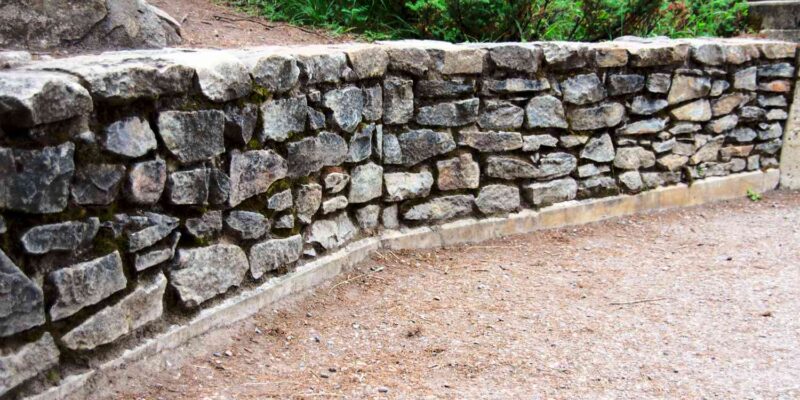

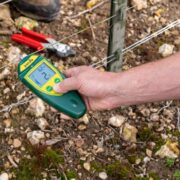
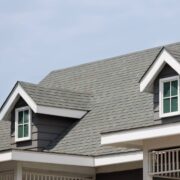
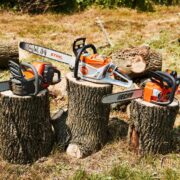

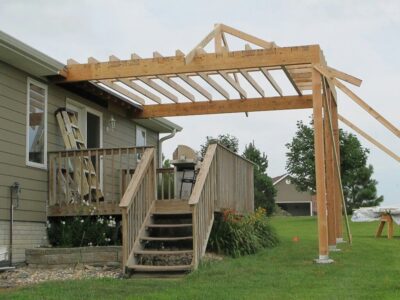
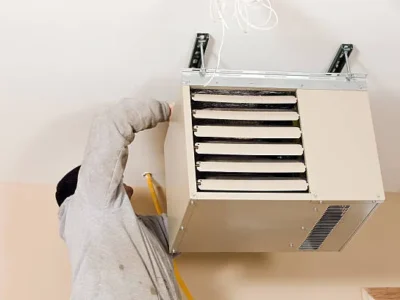
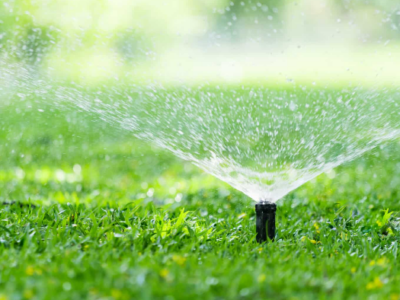



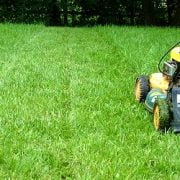
Comments